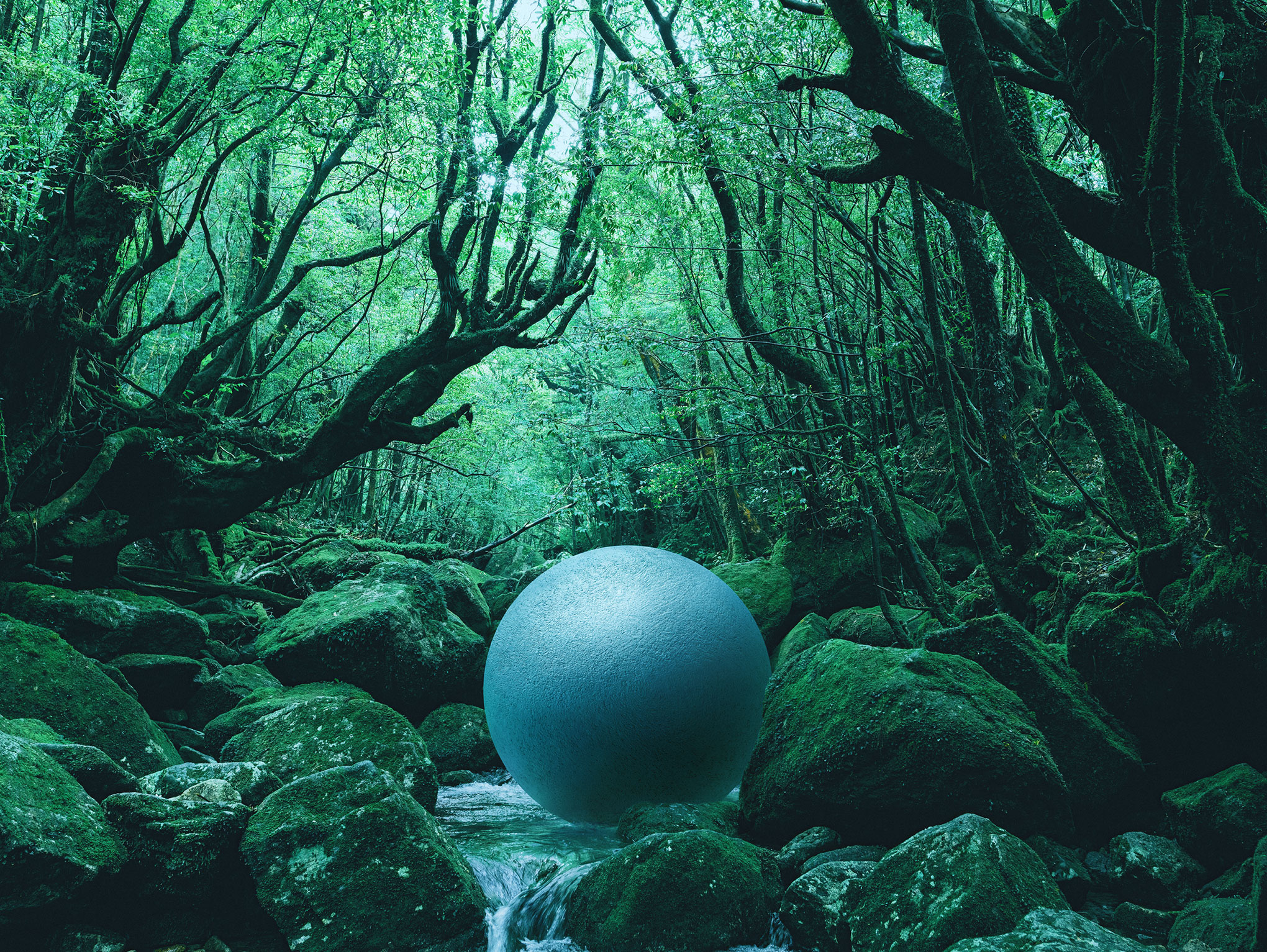


























Sustainable concrete from Kajima
Sustainable concrete
from Kajima
Imagine using CO2 to build our cities—and our future.
There’s no easy answer to how to make our world sustainable.
But at Kajima, we’re developing our own answers through concrete.
This two-minute video will give you a better idea of what we have in store.
Learn more about our
sustainable concrete

Concrete that benefits the entire planet
by
cutting the volume of CO2 in the air
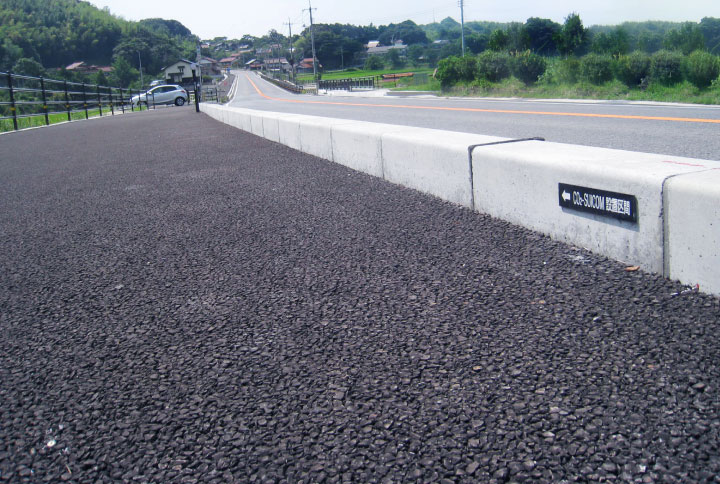
Carbon-capturing concrete
A world first, produced through a manufacturing process that captures a large volume of CO2 to achieve net carbon emissions of zero or less
CO2-SUICOM
CO2-Storage and Utilization
for Infrastructure by COncrete Materials
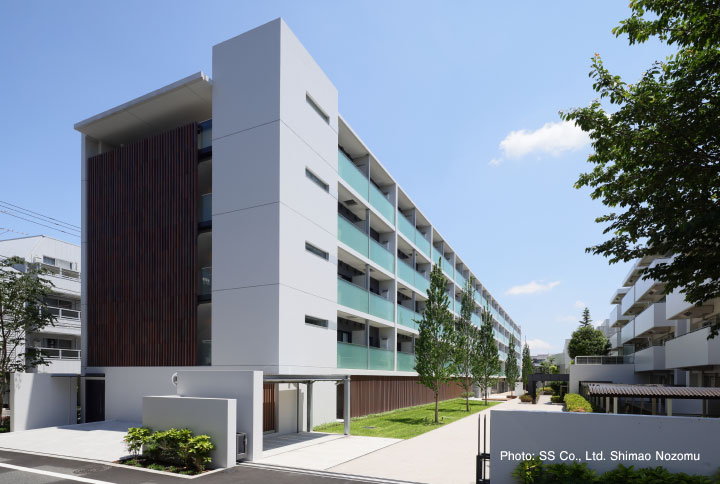
Reduced-cement concrete
Partially substitutes industrial by-products for concrete to reduce CO2 emissions in the manufacturing process
Eco-Crete R3 (Cem R3) / Eco-Crete KKC
Eco-Crete BLS / Eco-Crete ECM
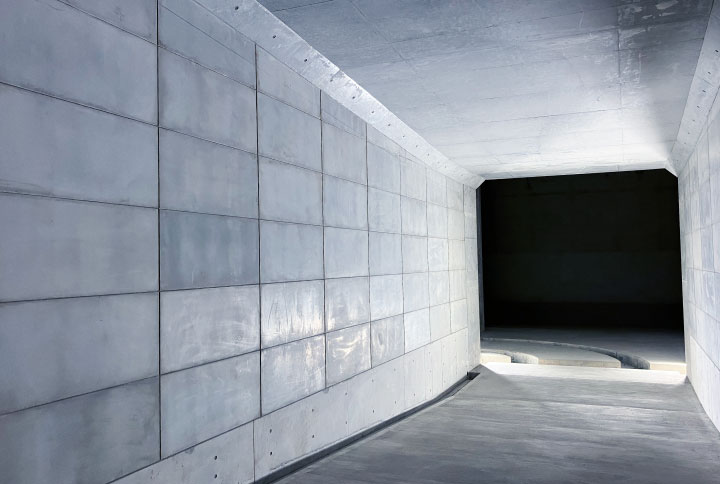
Carbon-storing concrete
Partially substitutes cement with aggregates and admixtures created when unused concrete and other waste react to and capture CO2

Concrete that reduces our carbon footprint
by making buildings more durable


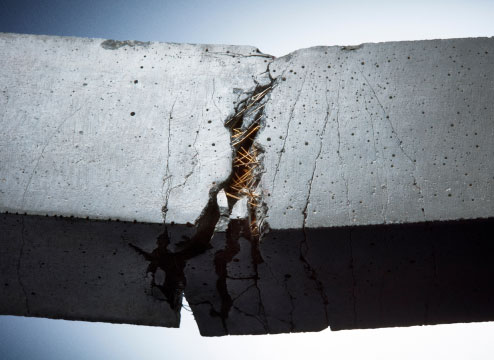
SUQCEM
Concrete optimally reinforced with metal fibers
(304KB)


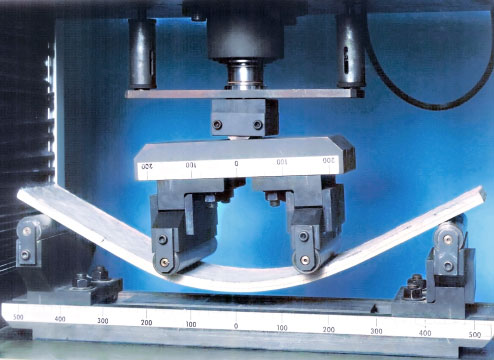
ECC
A cementitious compound that is pliable like metal
but does not crack(389KB)


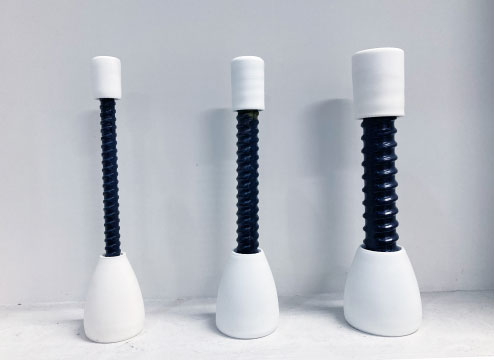
CCb
Enhances the earthquake resistance
of existing
concrete structures from the inside(332KB)


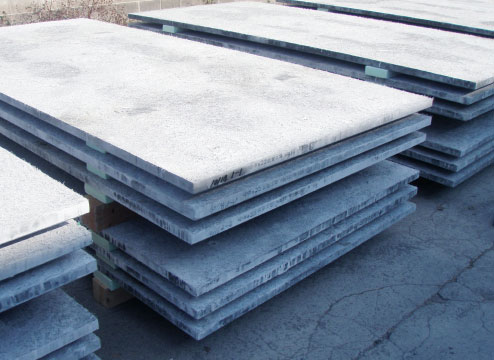
MAMOR
A light yet tough panel that is embedded
into concrete structures for reinforcement(581KB)


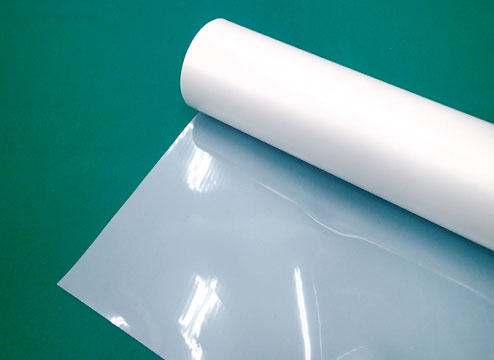
Utsuku Seal
A wet covering
that brings out concrete’s strength
and beauty(309KB)


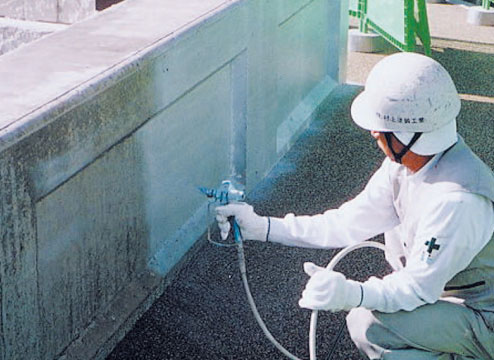
Magical Repeller
A silicone sealant applied on the surface
to prevent water permeation(291KB)

Concrete that is easier to pour,
saving on energy and improving safety on construction sites

Cutting CO2 in the air through concrete—
a new way to make the world more sustainable
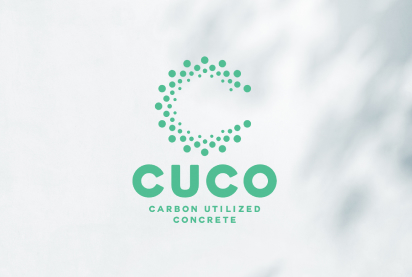
CUCO is a consortium of 55 companies, universities, and research institutes that includes Kajima, Denka Co., and Takenaka Corp. It is involved in the development of concrete materials, manufacturing processes, applications, and evaluation methods to help achieve an ambitious goal: carbon neutrality by 2050. CUCO is financed by the NEDO* Green Innovation Fund.
* The New Energy and Industrial Technology Development Organization is an official National Research and Development Agency of Japan.
Visit the CUCO Website Visit the CUCO Website


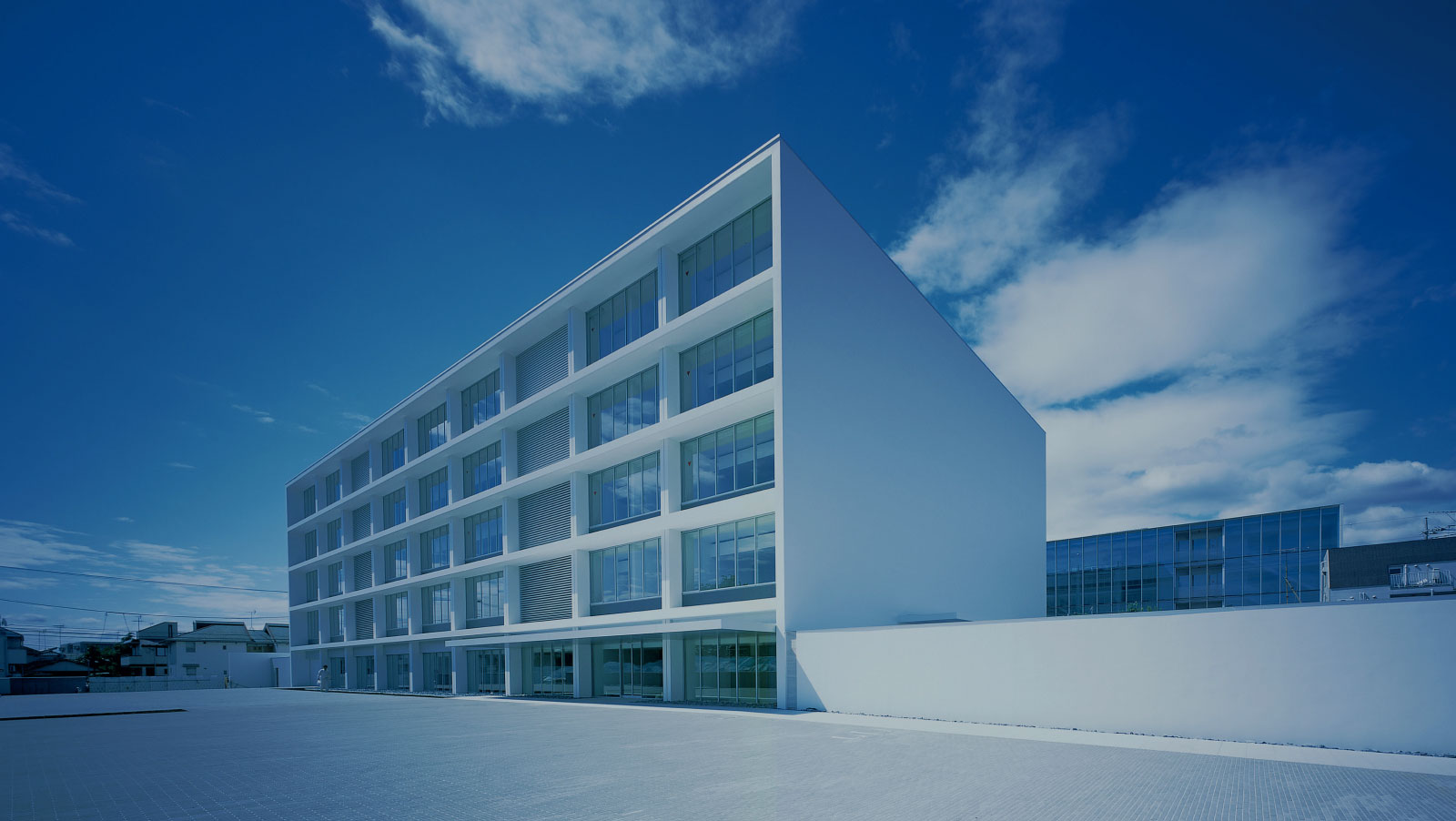
Kajima Concrete Base is a museum of concrete located within Kajima Technical Research
Institute. It provides both visual and interactive displays that provide deeper insight into the
various concretes produced through Kajima’s research and development.
Some content is available online. Click below to learn more about how we produce our
environmentally friendly concretes.

